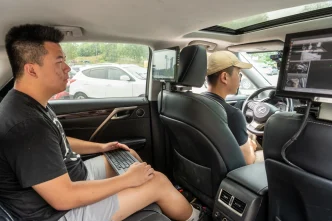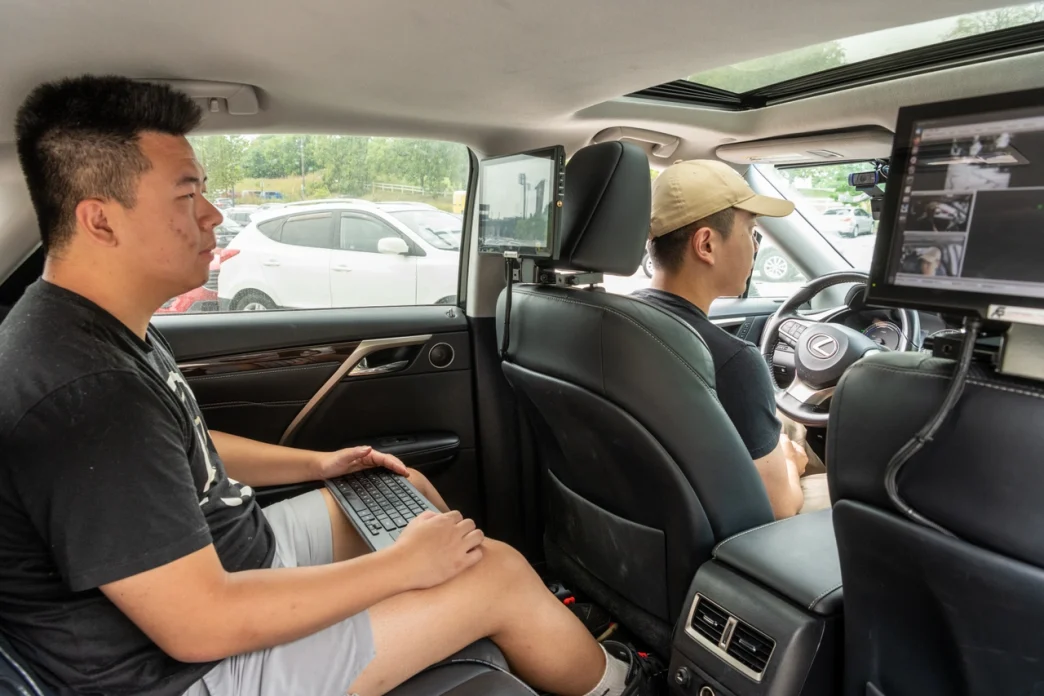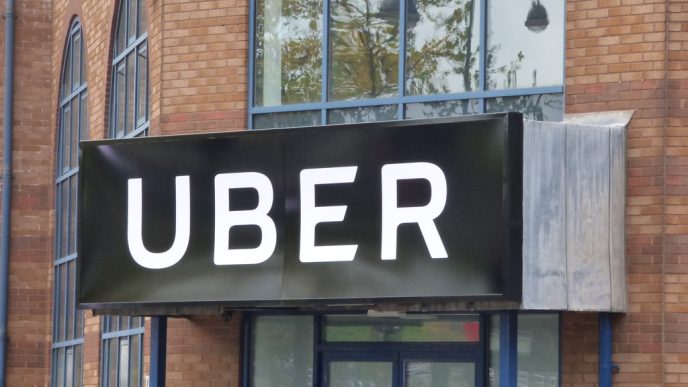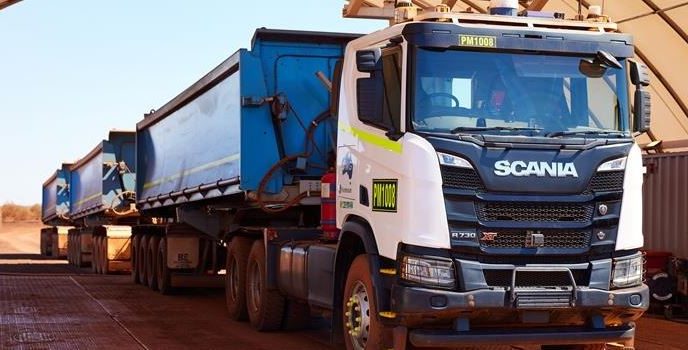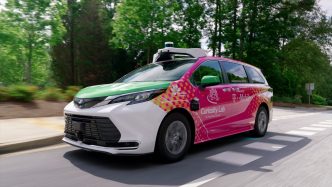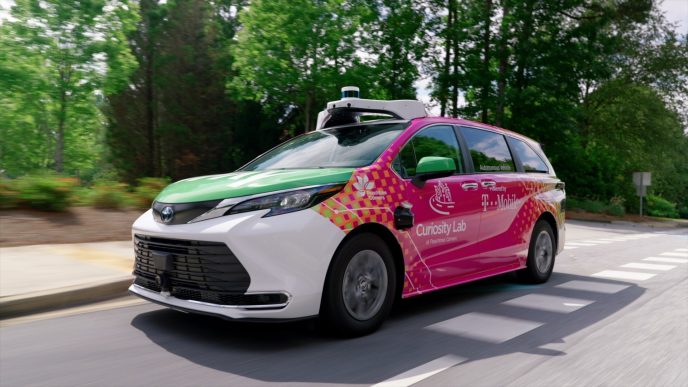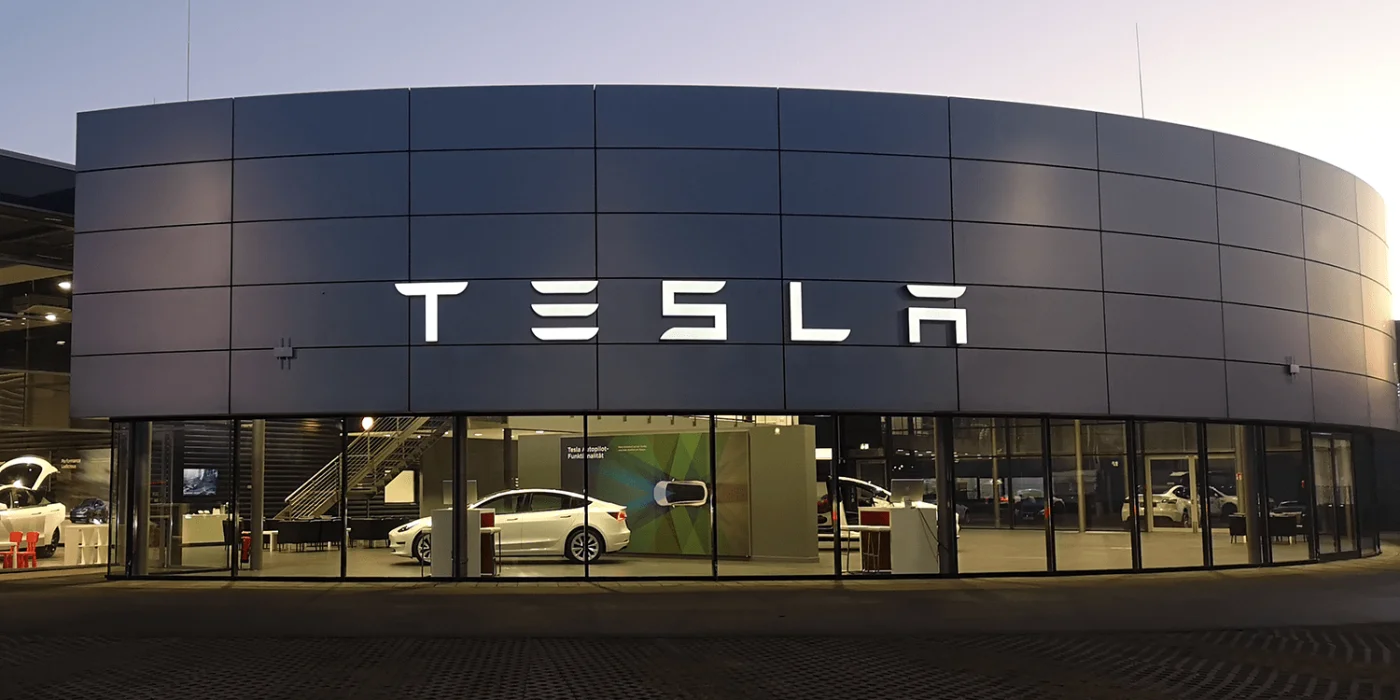New research from Purdue University engineers has revealed that AI-powered chatbots, like ChatGPT, may play a significant role in improving communication between autonomous vehicles (AVs) and passengers.
The study, led by Ziran Wang, assistant professor at Purdue’s Lyles School of Civil and Construction Engineering, explores how large language models (LLMs) could help AVs better understand and respond to passengers’ commands.
Wang’s team found that LLMs have the potential to simplify the interaction between AVs and their occupants, allowing for more natural communication. “The power of large language models is that they can more naturally understand all kinds of things you say. I don’t think any other existing system can do that,” Wang stated. He contrasted this with current systems, which rely on explicit voice commands or manual inputs to operate.
The study did not involve LLMs controlling the vehicle but rather assisting the AV’s existing systems. Researchers trained ChatGPT to respond to both direct commands, like “Please drive faster,” and more subtle ones, such as “I feel a bit motion sick now.” The LLMs processed the input, taking into account factors like road rules, traffic, weather, and the vehicle’s sensor data, before issuing instructions to the AV’s drive-by-wire system, which controls the vehicle’s throttle, brakes, and steering.
Participants in the study reported feeling more comfortable in AVs equipped with LLMs compared to standard Level 4 autonomous vehicles. However, challenges remain.
While the LLMs processed commands in an average of 1.6 seconds, faster response times are needed for practical use. Wang emphasized that further testing and regulatory approval would be necessary before integrating LLMs into AV controls.
The research, titled “Personalized Autonomous Driving with Large Language Models: Field Experiments,” will be presented on September 25 at the IEEE International Conference on Intelligent Transportation Systems in Edmonton, Canada.

